Informatics in all its different forms has without a doubt risen in popularity over the last five to ten years. Informatics is not exactly new and as a discipline or professional society has been around for several decades, evolving with the increase in the importance of computers. The recent surge in its popularity and cross-disciplinary applications is likely related to the adoption of electronic health records in clinical settings and the emphasis on precision medicine research. And, that’s where I come in.
This past March, I attended the 2017 Joint Summits on Translational Science in San Francisco, CA. This meeting, a joint gathering for Translational Bioinformatics (TBI) and Clinical Research Informatics (CRI), is organized by the American Medical Informatics Association (AMIA). Formed in 1988 after a merger of three organizations whose professionals were interested in using computers in medical care and medical research, AMIA is now the home for professional development in informatics.
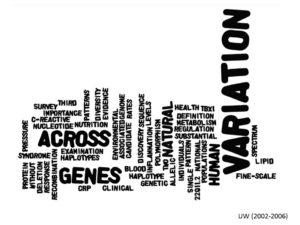
Figure 1. My post-doctoral word cloud. SNP discovery was big back then!
Last year, Drs. Nicole Restrepo (PMC5001772) and Mariusz Butkiewicz (PMC5001747) presented their respective work from my lab at the 2016 Joint Summits meeting, but until this year, I had not attended an AMIA meeting in my professional career. The vast majority of my previous meetings were in the field of human genetics, which makes sense given my background and training. Yet while my formal training is in human genetics, in recent years it has evolved to to include biomedical informatics as a means to access the rich clinical data offered by electronic health records. Word clouds based on abstracts from my published manuscripts as a post-doctoral fellow (Figure 1) and as a Principal Investigator (Figure 2) very clearly show this evolution. I, of course, am not alone in this research evolution as many of my colleagues in genetics genomics are in this same intersection. Some of these colleagues, in fact, were early adopters of this field and are active members and leaders in AMIA.
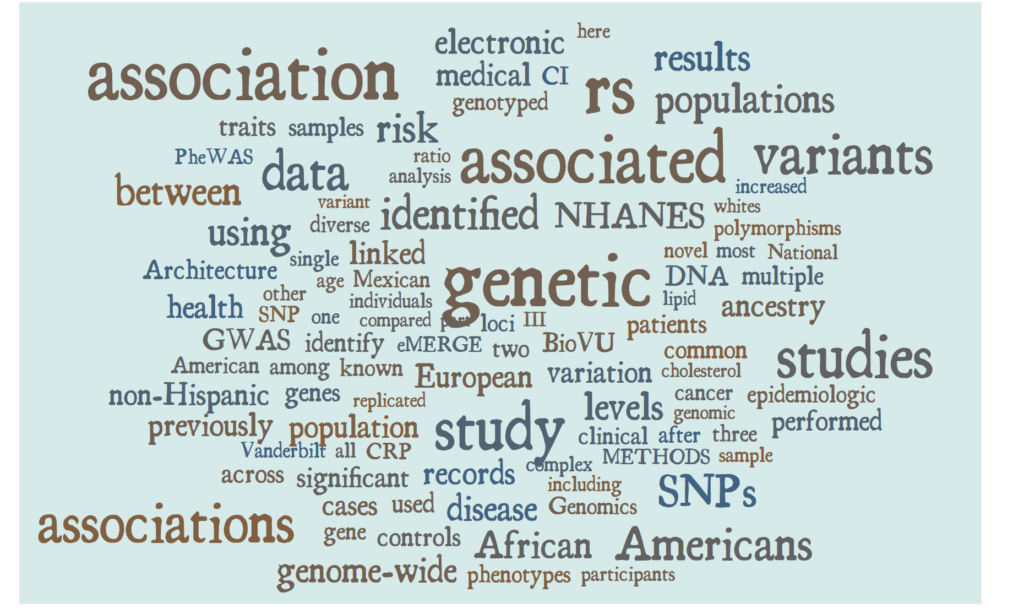
Figure 2. My Principal Investigator word cloud. I am still interested in SNPs, but now electronic medical records are creeping into my research space.
The two prominent statistical geneticists that I personally know who have embraced AMIA as movers and shakers in precision medicine research are Drs. Jason Moore from the University of Pennsylvania and Marylyn Ritchie from Geisinger Health System. At the 2017 Joint Summit, Jason and Marylyn were the Chair and Vice Chair of TBI, respectively. And through their leadership, I was invited to be a member of TBI’s 2017 Scientific Program Committee (Figure 3).
So, I dove head-first into the 2017 Joint Summits meeting. As a member of the Scientific Program Committee, I helped referee manuscripts and abstracts that would be featured at the in-person meeting. I also submitted two manuscripts from my lab to be considered for the meeting, and both were accepted for publication and oral presentations. The first manuscript (Reducing Clinical Noise for Body Mass Index Measures Due to Unit and Transcription Errors in the Electronic Health Record) describes an approach conceived and executed by Robert Goodloe and Dr. Will Bush to identify transcription and unit errors in EHR-recorded height and weight. The second manuscript (Extracting Country-of-origin from Electronic Health Records for Gene-environment Studies as Part of the Epidemiologic Architecture for Genes Linked to Environment (EAGLE) Study) describes my attempt to extract information about nationality and language spoken from the EHR clinical notes. Will could not attend due to a conflicting meeting in Europe (oh, poor Will!), so I ended up giving both talks.
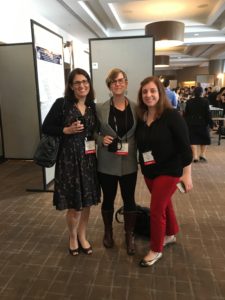
Figure 4. Taking a Joint Summits break with Drs. Sarah Pendergrass (Geisinger) and Blanca Himes (University of Pennsylvania).
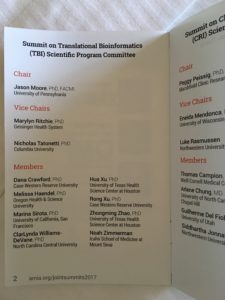
Figure 3. I have now officially joined the cool kids.
The 2017 Joint Summits wasn’t all work, work, work for me. I did have some time to catch up with friends (Figure 4). And, my Mom came with me, so we checked out the city sites during my downtime (Figure 5). Oh, and there was a lot of eating (Figure 6).

Figure 5. Gotta see the Golden Gate!

Figure 6. A feast at Foreign Cinema with Dr. Sarah Pendergrass.
Overall, the meeting for me was an interesting mix of presentations on process and applications to EHRs or other medically-related big data. I can definitely say that I was exposed to people and research that I would have otherwise missed had I not attended this meeting. And, I finally experienced the famous Year-In-Review by Dr. Russ Altman. Russ’s presentation is a tour de force where he rattles off the best papers from the past 14 months in less than 90 minutes. This year’s list featured a shout out (Figure 7) to our very own Will Bush (and myself somewhere in middle-author land) for efforts in annotating the eMERGE network PGRNseq dataset (PMC26857349). CWRU and ICB’s Dr. Rong Xu also got a big shout out (Figure 8) for her work in methods to identify drug targets for Parkinson’s disease (PMC5009520).
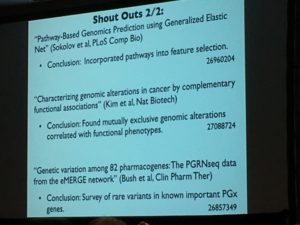
Figure 7. Shout out to Will!
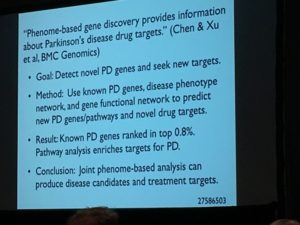
Figure 8. Shout out to Rong!
Based on my 2017 Joint Summits experience, I think I am putting AMIA meetings in heavy rotation going forward. After all, informatics is important. Right, Marylyn?
